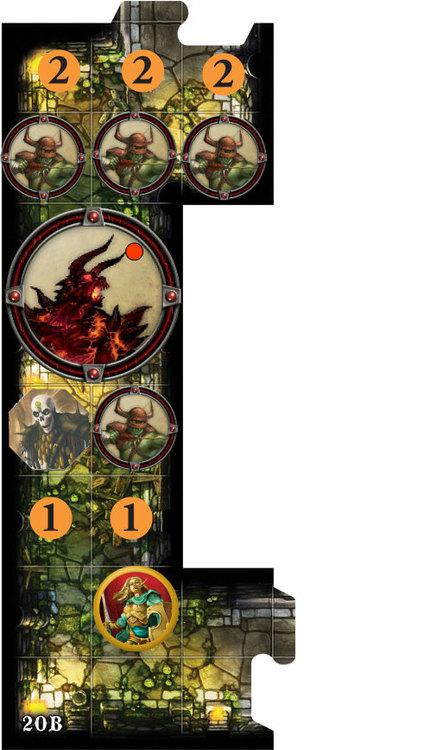I wonder if someone can point me to an uFAQ relevant for this hypothetical situation:
1.
Syndrael
as a knight uses
Oath of Honor
on the
reanimate
, choosing the ynfernal hulk as a monster adjacent to the
reanimate
.
2. As there are no empty spaces adjacent to the ynfernal hulk, according to the current ruling,
Syndrael
would be placed into the "closest empty space" and skip the attack part of
Oath of Honor
.
The question is what does "closest empty space" refers to? Would she be able to teleport to one of the spaces labeled with a "2" or does she need to end on a space labeled with a "1". Basically, can a player in this situation choose a blocked space and then look for the closest empty space from there (choice of "1" or "2") or does the rule of Oath of Honor kick in and the empty space closest to the original position of the knight must be chosen ("1s" only).
Edited by Sadgit